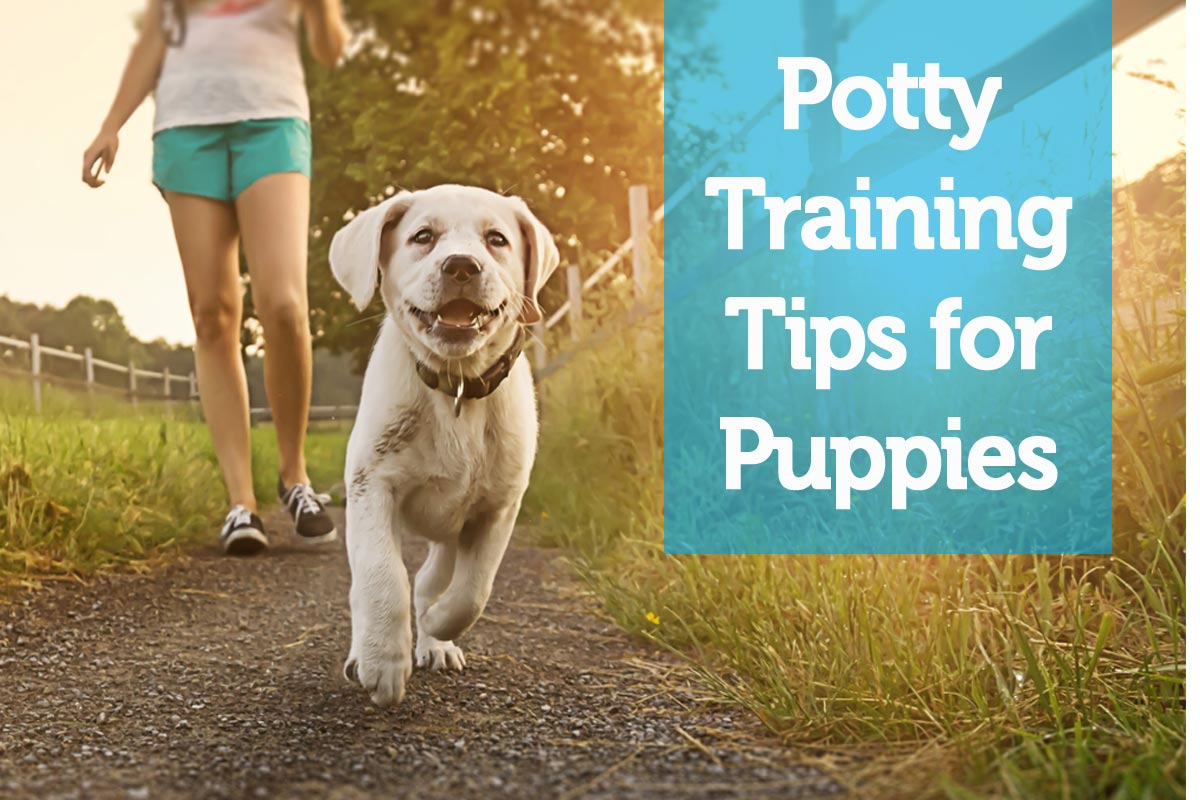Eight out of ten dogs over the age of three suffer from dental problems according to American Veterinary Medical Association.
Even though it is completely preventable, according to the AVDC, periodontal disease is the most prevalent clinical disease pets suffer from.
It’s a condition of the gingival tissue that happens because of an accumulation of plaque and calculus on the teeth, particularly below the line of the gum. Fortunately, it can be easily prevented with basic care and regular veterinary checkups.
Dogs over three years old that have not had proper dental care may already be experiencing periodontal disease. Even though it may not seem like a huge problem at first, periodontal infections can lead to more serious health problems.
If it’s not extremely advanced, periodontal disease in pets is completely reversible, so it’s important to know how to recognize it early. This disease has four stages, each of them showing different signs and demanding a different course of action.
First Stage of Periodontal Disease in Pets
 At this stage, the pet’s mouth is still basically healthy. However, without yet being visible, plaque is slowly starting to accumulate.
At this stage, the pet’s mouth is still basically healthy. However, without yet being visible, plaque is slowly starting to accumulate.
Calculus may have started to appear, but it’s not guaranteed at this stage. Mild gingivitis will show as inflammation and sensitivity of the gums.
One of the easiest ways to recognize stage one periodontal disease is to look for a thin red line on the gum next to the teeth of the animal.
Most likely, there will also be some amount of visible plaque. It is a viscous, creamy film that can be wiped off with relative ease.
Even at this stage, it is important to check if calculus has already formed. A huge threat to the health of the gums, calculus is basically hardened dental plaque accumulated in specific areas.
A hardened surface that is formed provides a perfect base for further plaque formation, calculus is caused by precipitation of minerals and other fluids onto the teeth of the pet.
>>> Periodontal disease at this stage is reversible if no calculus has yet formed. After a thorough cleaning of all accumulated plaque, daily use of Pet Dental Water Additive will do the trick.
Second Stage of Periodontal Disease in Pets
 Having reached moderate gingivitis, this stage presents more noticeable inflammation, swelling and sensitivity of the gums.
Having reached moderate gingivitis, this stage presents more noticeable inflammation, swelling and sensitivity of the gums.
Covering a larger area of the teeth, now there is also a moderate accumulation of plaque.
Calculus can probably be spotted at this stage, although it may not yet be prevalent. Some amount of bad odor may be clearly noticeable.
At this stage, the red line on the pet’s gum will probably be wider and more evident. This is a big problem because, apart from producing pain to the pet, it can destabilize its immune system, very often leading to infections.
Unfortunately, if an animal’s periodontal condition has advanced to this stage, it can no longer be treated at home.
More than likely, the pet’s owner will have to book a date with a veterinary that specializes in animal dental services.
>>> The good news is that, after a few professional cleaning and diligent home care, the disease can be completely eliminated. Adding a cap-full of Pet Dental Water Additive to the animal’s water bowl each day will help fight and prevent plaque.
Third Stage of Periodontal Disease in Pets
 Reaching the third stage of periodontal disease in dogs should be avoided at all costs. It implies that serious periodontal damage has already occurred, risking the pet’s overall health and greatly complicating any potential treatment.
Reaching the third stage of periodontal disease in dogs should be avoided at all costs. It implies that serious periodontal damage has already occurred, risking the pet’s overall health and greatly complicating any potential treatment.
Unfortunately, many pet owners only notice periodontal disease once it has reached this stage.
The third stage periodontal disease in dogs and cats implies gingivitis has progressed, becoming periodontitis. Not only are the gums irritated and swollen, but they also bleed easily.
Inflamed sections of gum known as periodontal pockets are beginning to show because of subgingival bacterial invasion.
At this point, some bone loss is probably occurring due to the bacterial toxins that are released. Calculus will definitely be present, forming conspicuous accumulations around the base of the animal’s teeth.
Bad odors will be immediately noticeable, becoming worse each day the disease is left unattended.
Besides producing discomfort and pain to the pet, there is evidence that bacteria originated in the mouth can affect the kidneys, liver and heart.
Although problematic, periodontal disease at this stage is treatable with professional dental care and diligent home maintenance.
Sensible action is required to be taken immediately in order for the treatment to be as effective as possible.
>>> After oral health has been regained, a regular use of Pet Dental Water Additive will keep the gums clean and the pet’s mouth smelling fresh.
Fourth Stage of Periodontal Disease in Pets
 Having become established and chronic, periodontal disease in the fourth stage is considered extreme.
Having become established and chronic, periodontal disease in the fourth stage is considered extreme.
At this point, there is severe inflammation, gum recession, deep periodontal pockets, bone loss, tooth mobility and profuse bleeding. Unfortunately, extensive and irreversible damage has already occurred by this point.
Medical treatment will undoubtedly be necessary, sometimes including extractions.
If a pet’s condition has gotten to this point, it’s extremely important to have it checked out by a veterinarian immediately.
The reason for this urgency is that extreme periodontal disease can cause other health problems, putting the animal’s life at risk.
Additionally, any previous symptoms and complications have most likely worsened. Because periodontal disease can be painful at this point, getting a veterinarian to help is also a matter of compassion for the pet.
A simple cleaning will not solve anything when periodontal disease has gotten to this stage. It’s likely that extractions and other dental interventions will be necessary at this point.
Extensive post-surgical care will be required after the operations, including frequent and thorough cleanings, medicine application and feeding.
After the healing period is complete, regular cleaning and Pet Oral Hygiene Solution will help maintain the pet’s regained health.
>>> Stop periodontal disease in its tracks with Oxyfresh Pet Dental Water Additive. Regardless of your pet’s age and medical condition, adding one capful of this amazing solution into its water bowl each morning will help improve and maintain its oral hygiene.

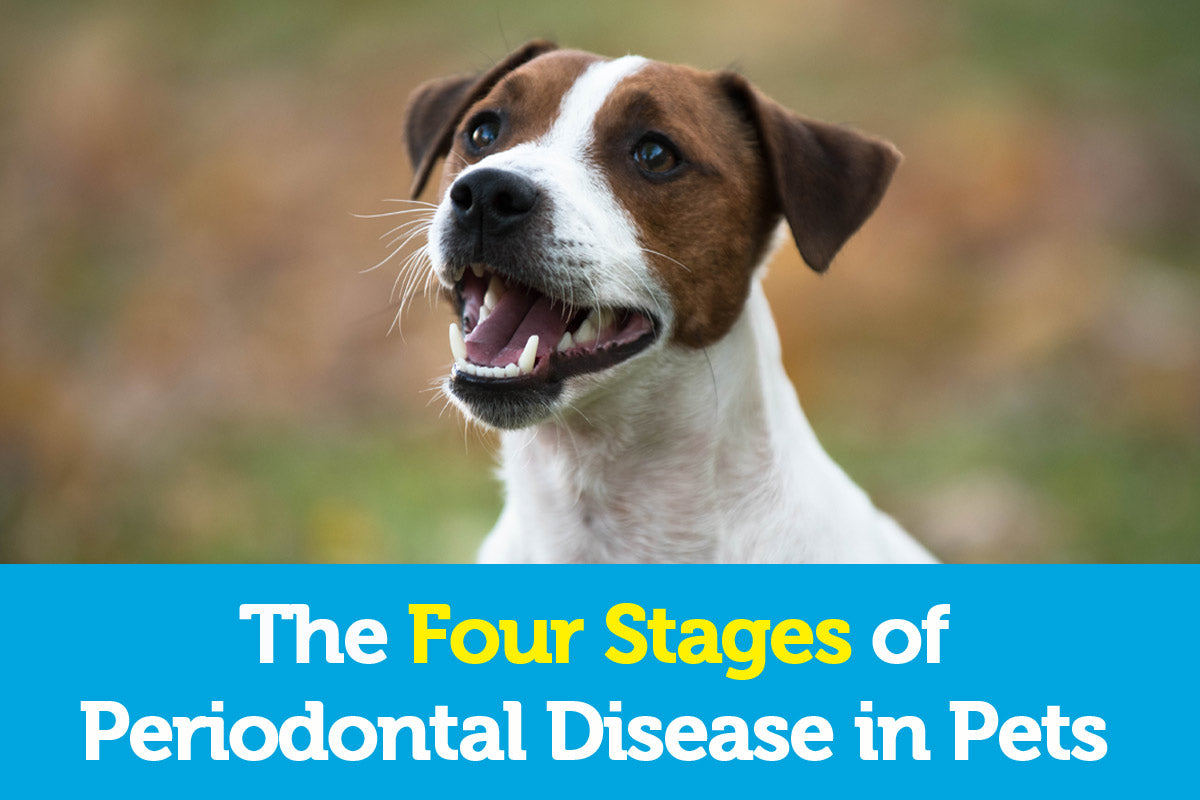


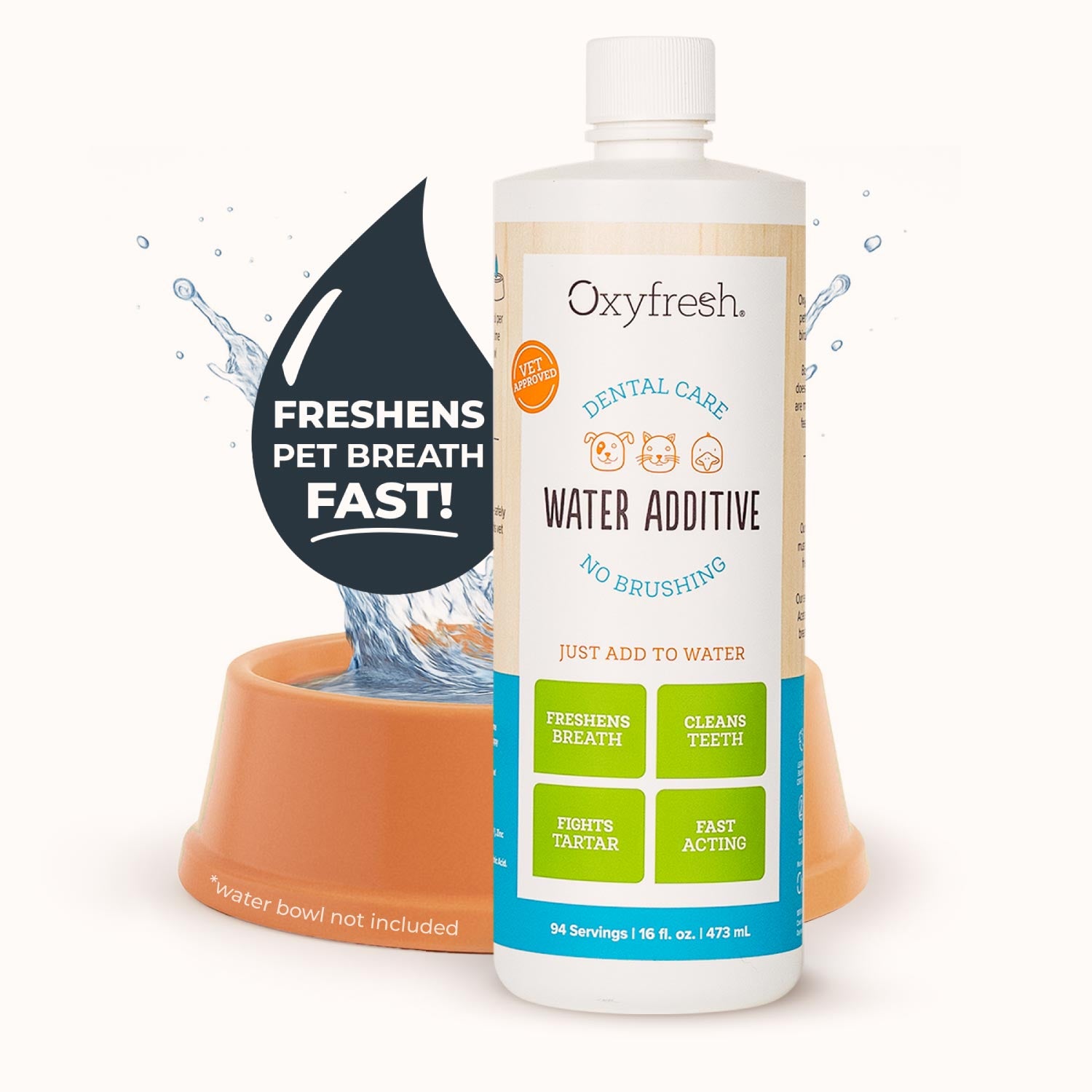
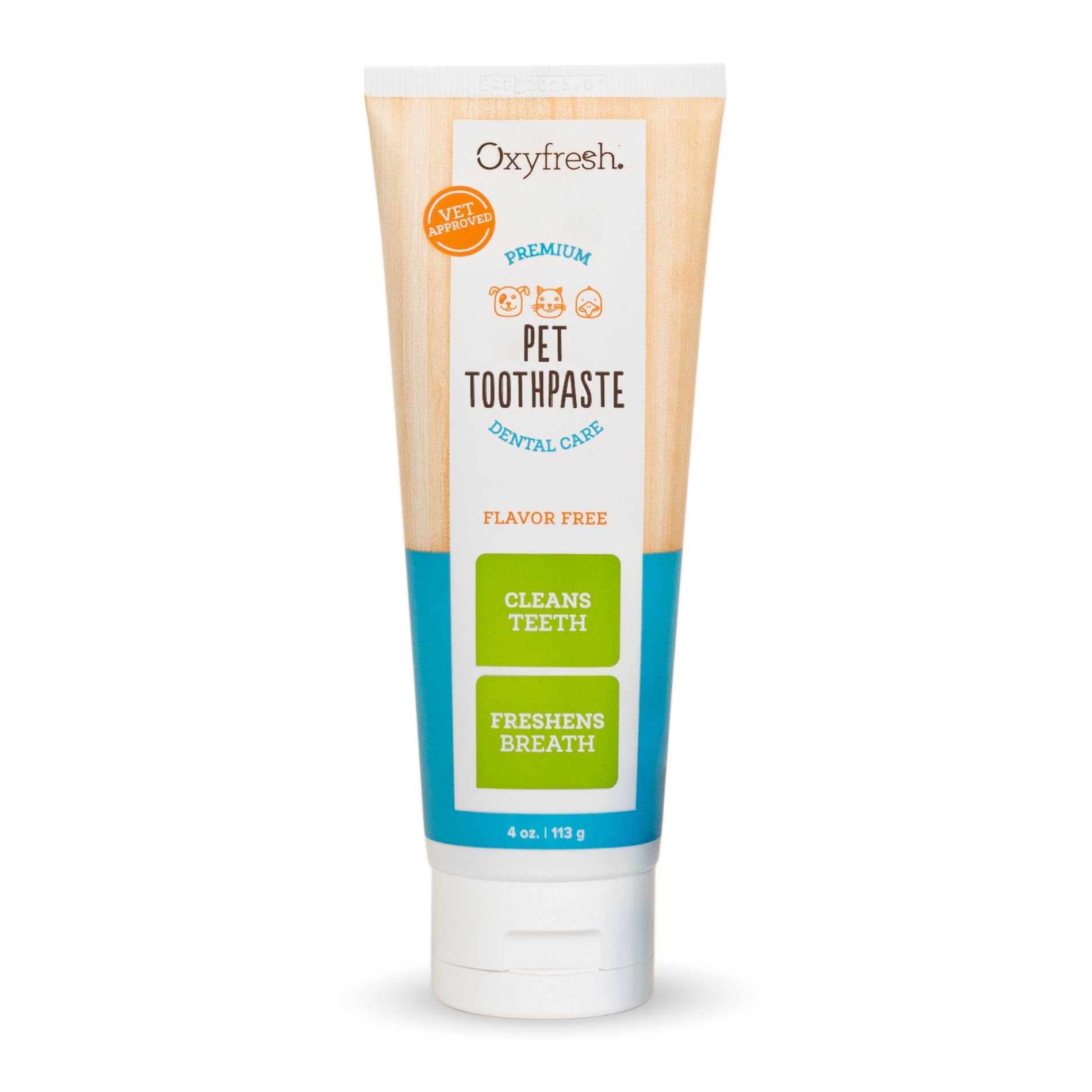
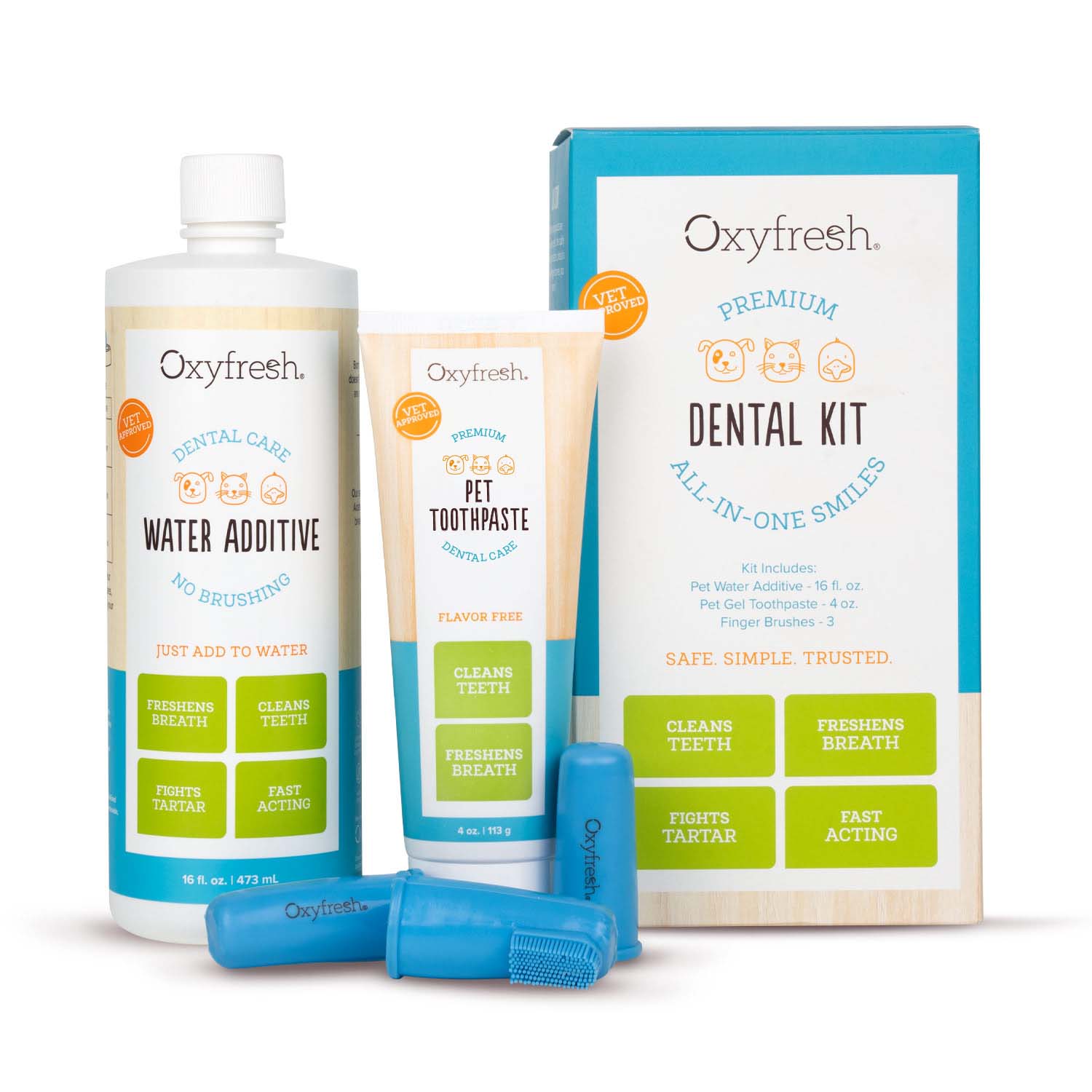
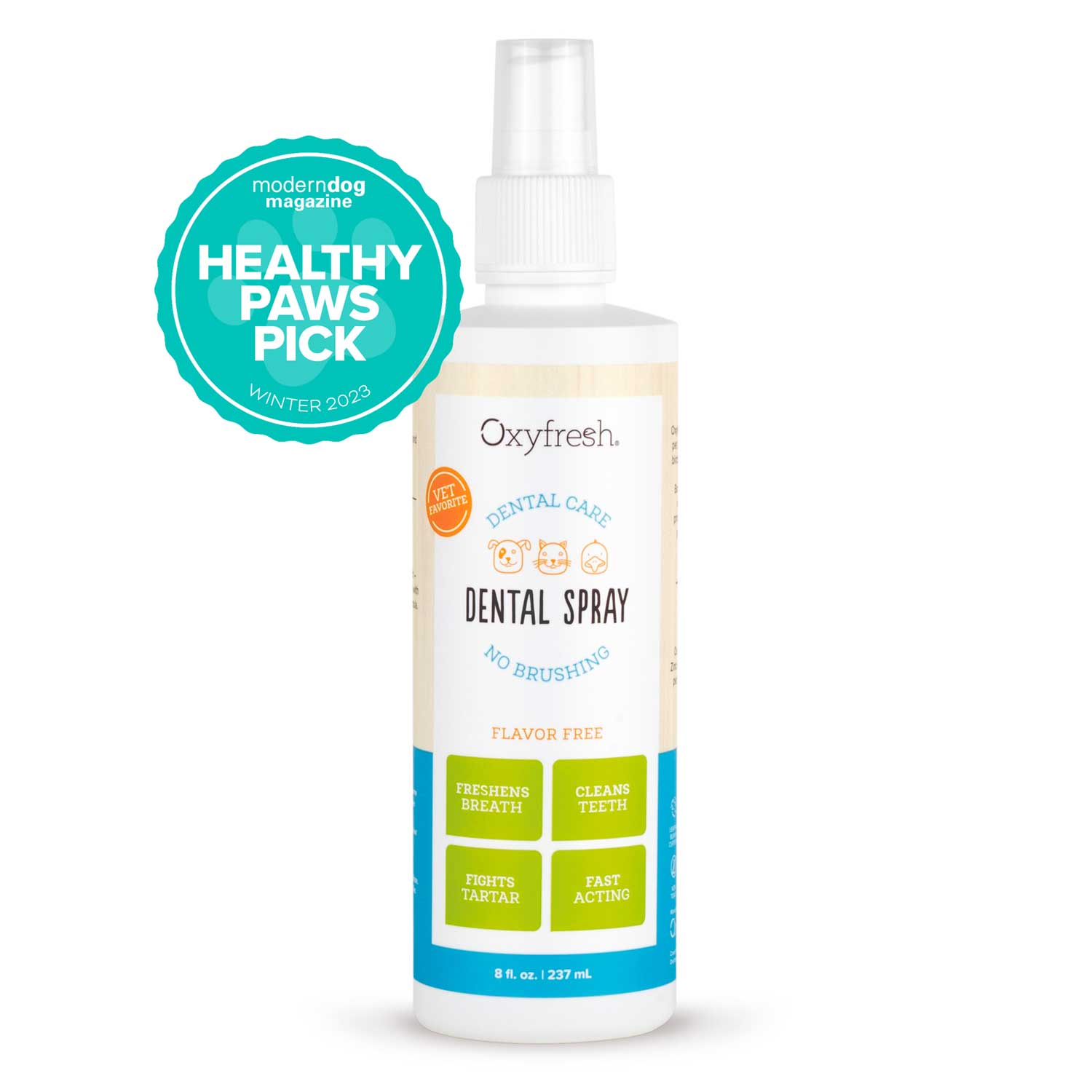
![3 Tips on Keeping Your Dog's Breath Fresh [INFOGRAPHIC]](http://www.oxyfresh.com/cdn/shop/articles/tips-fresh-dog-breath.jpg?v=1645738124&width=1200)
